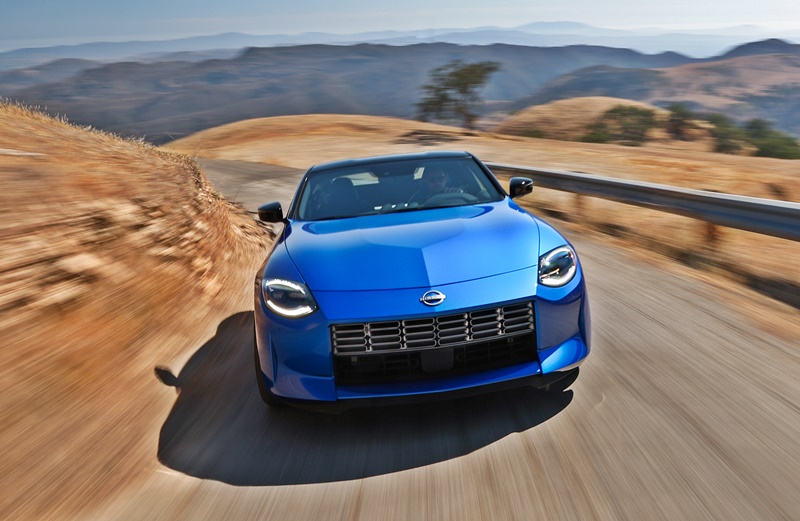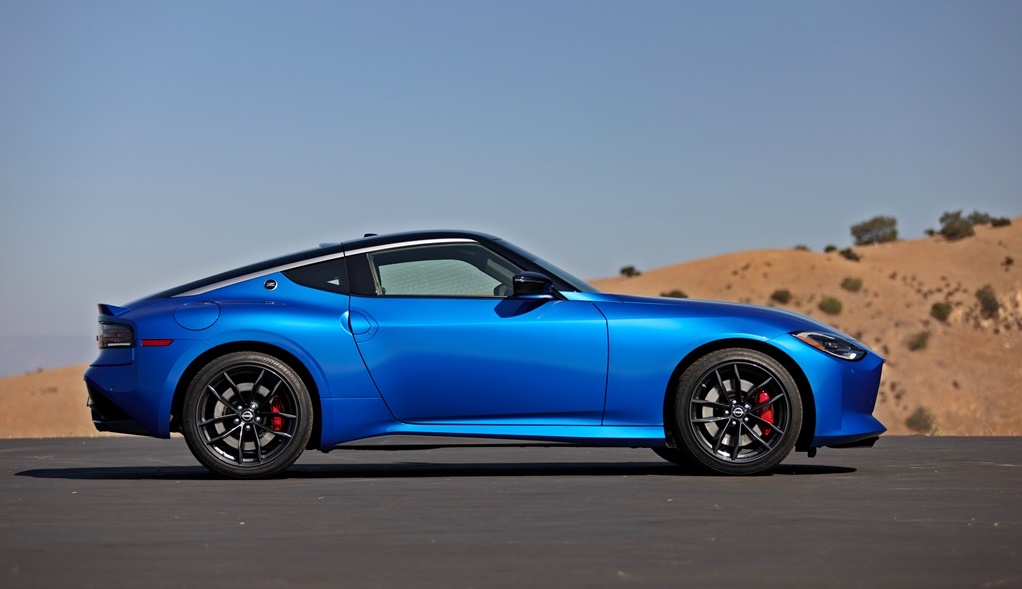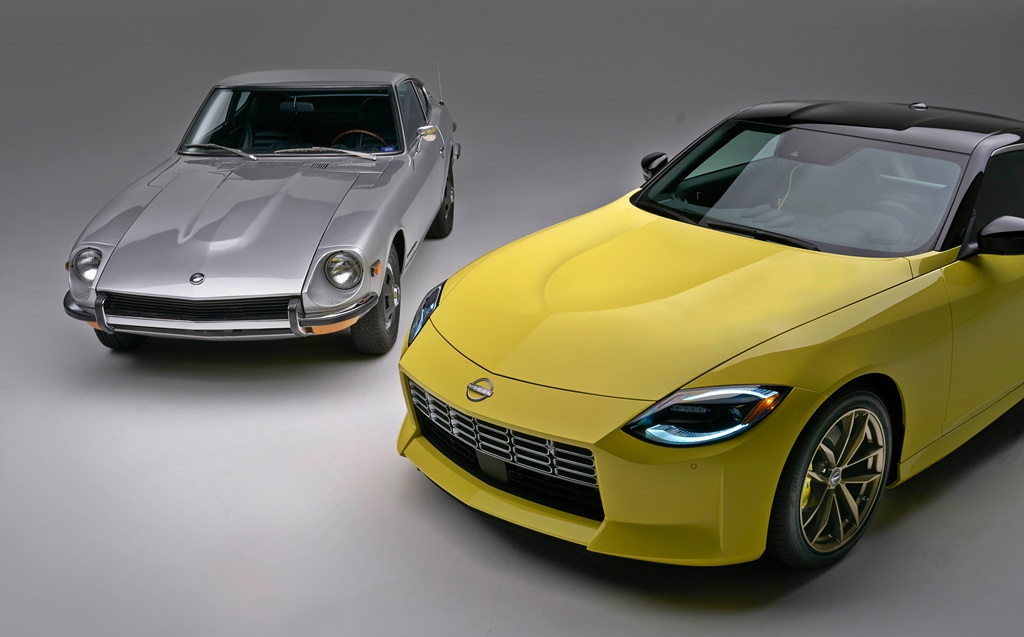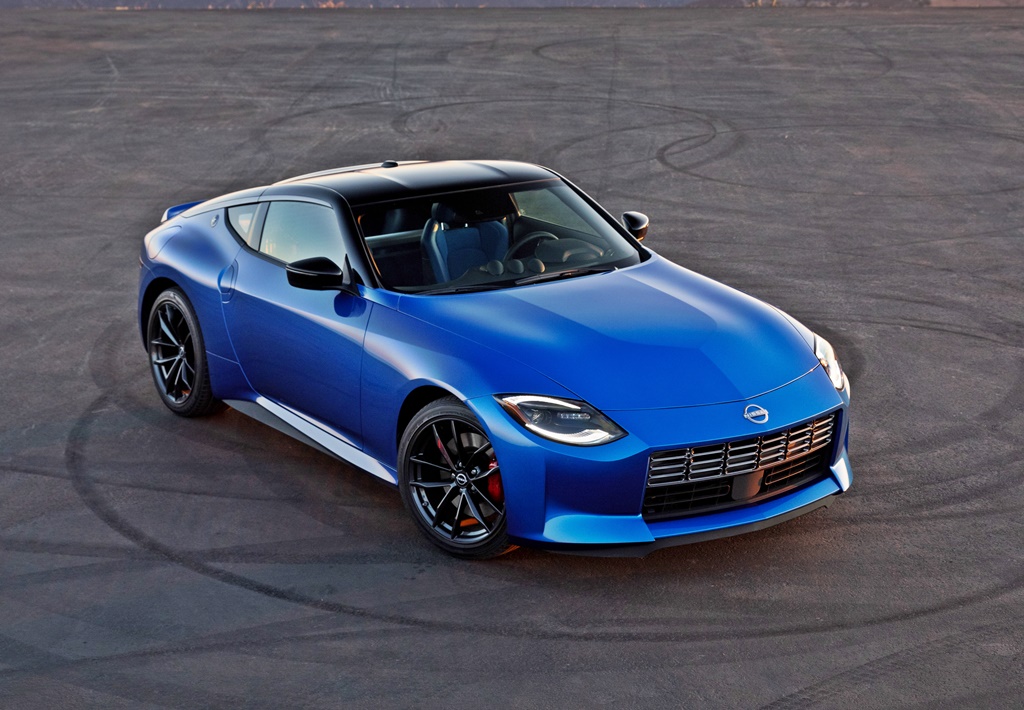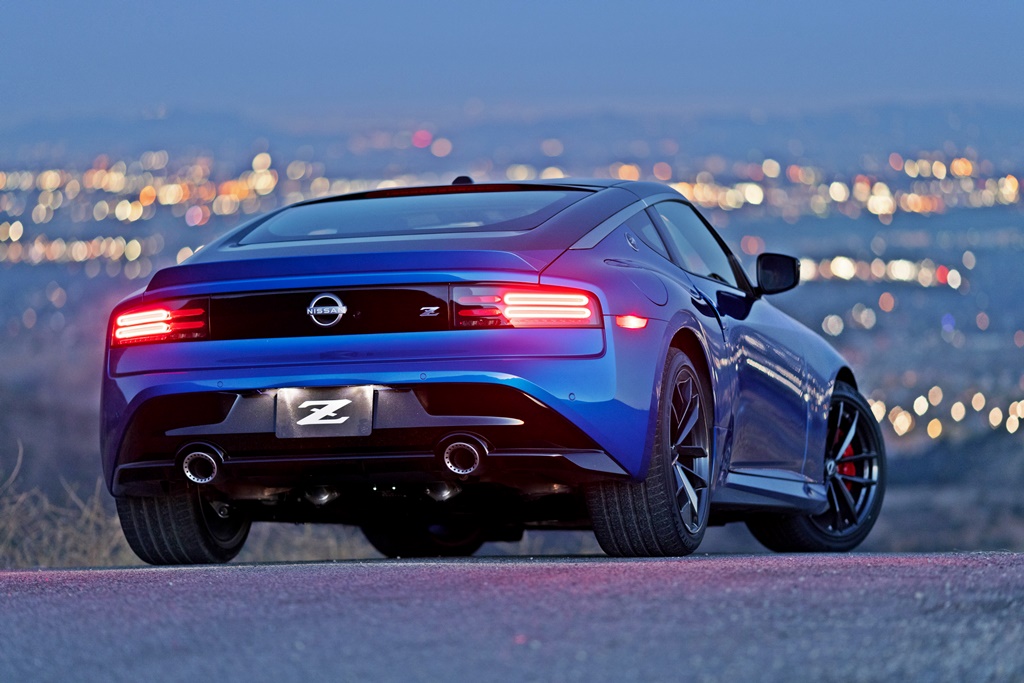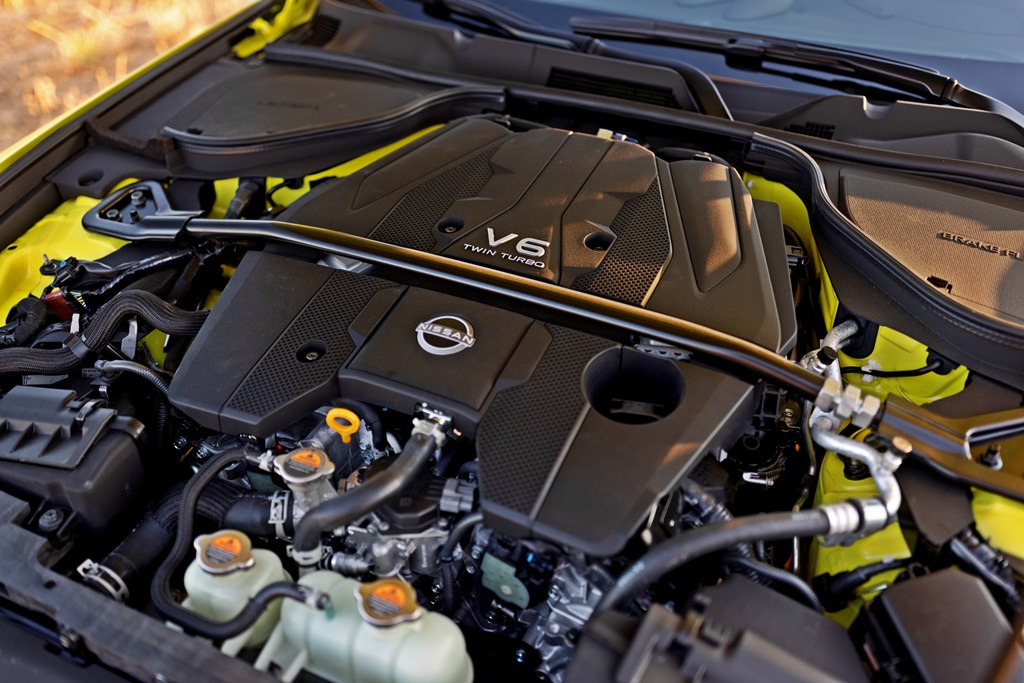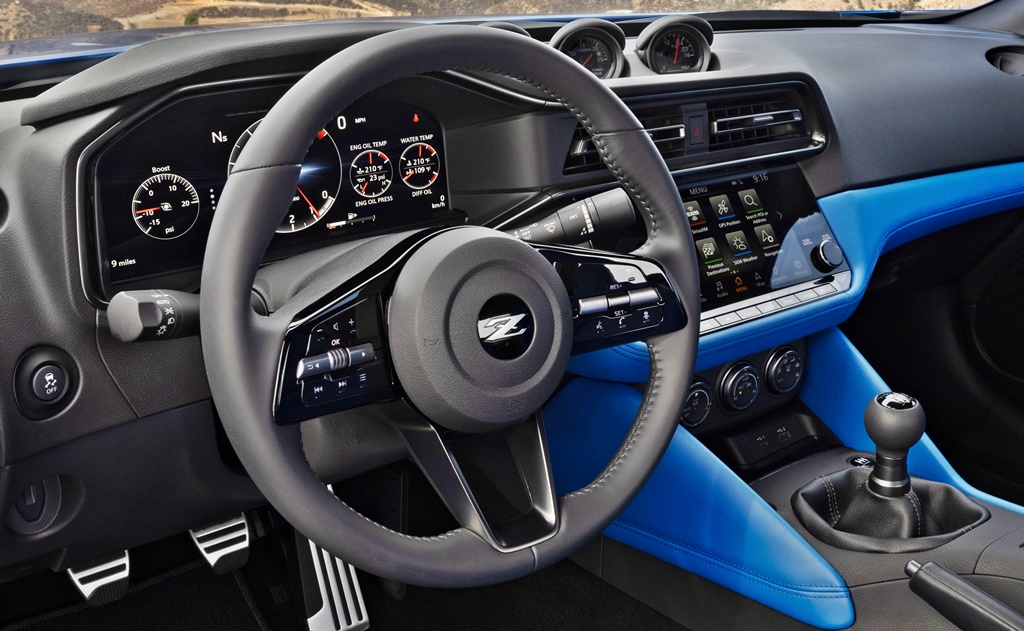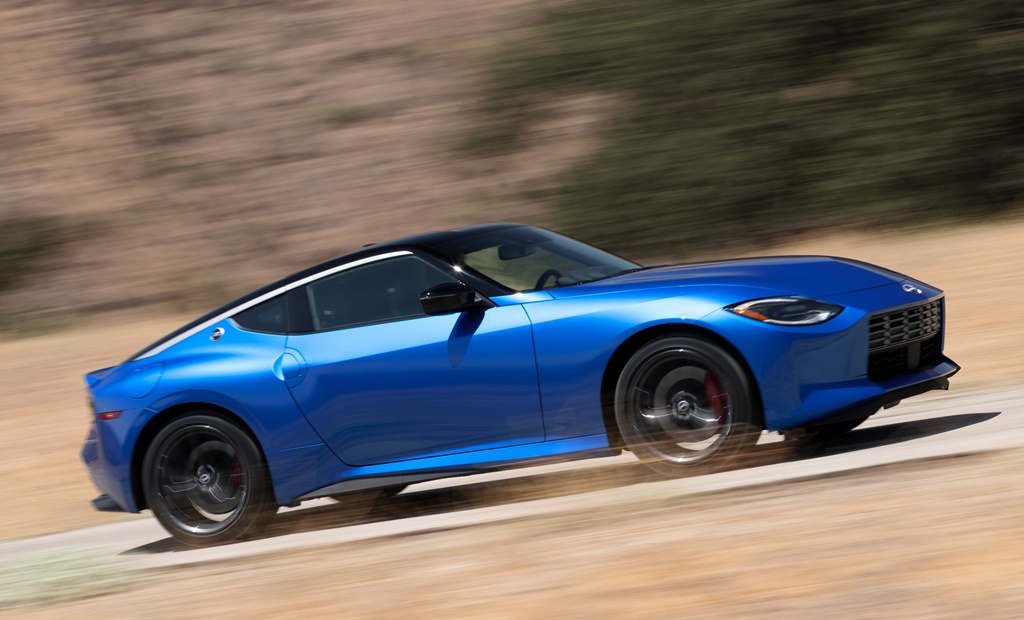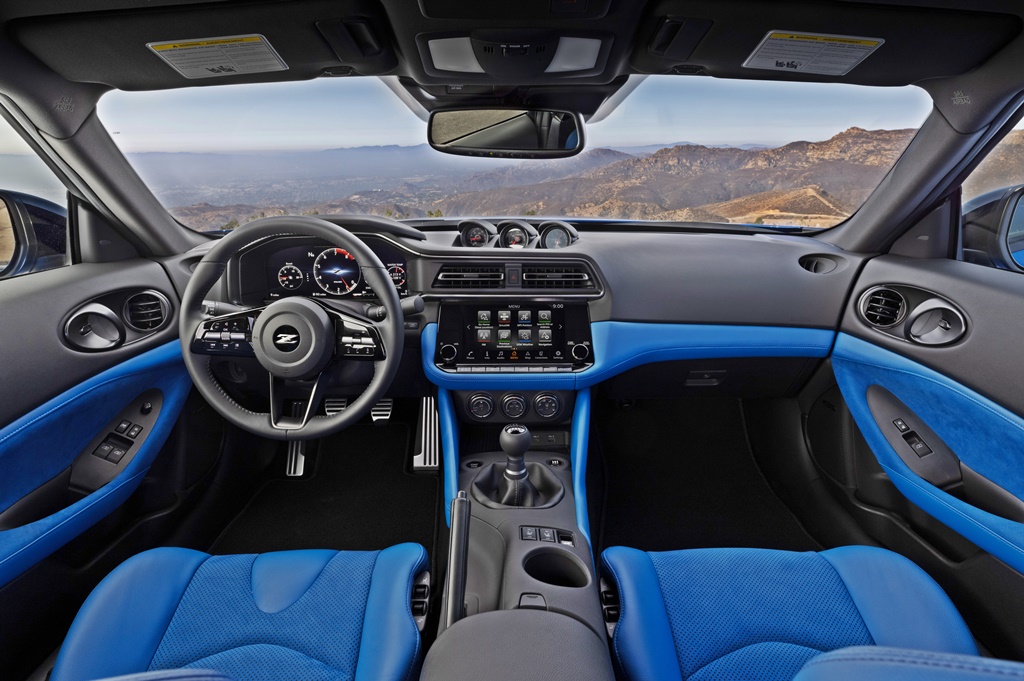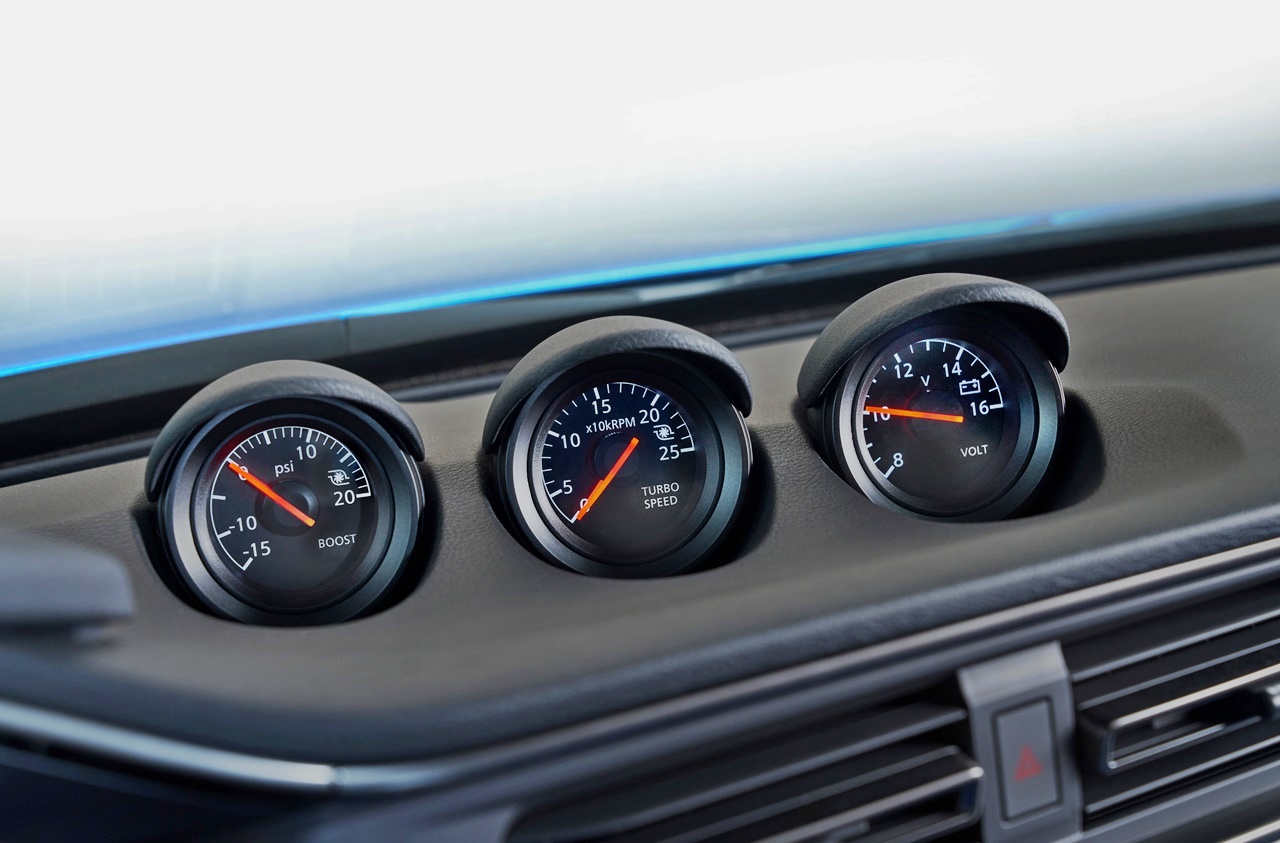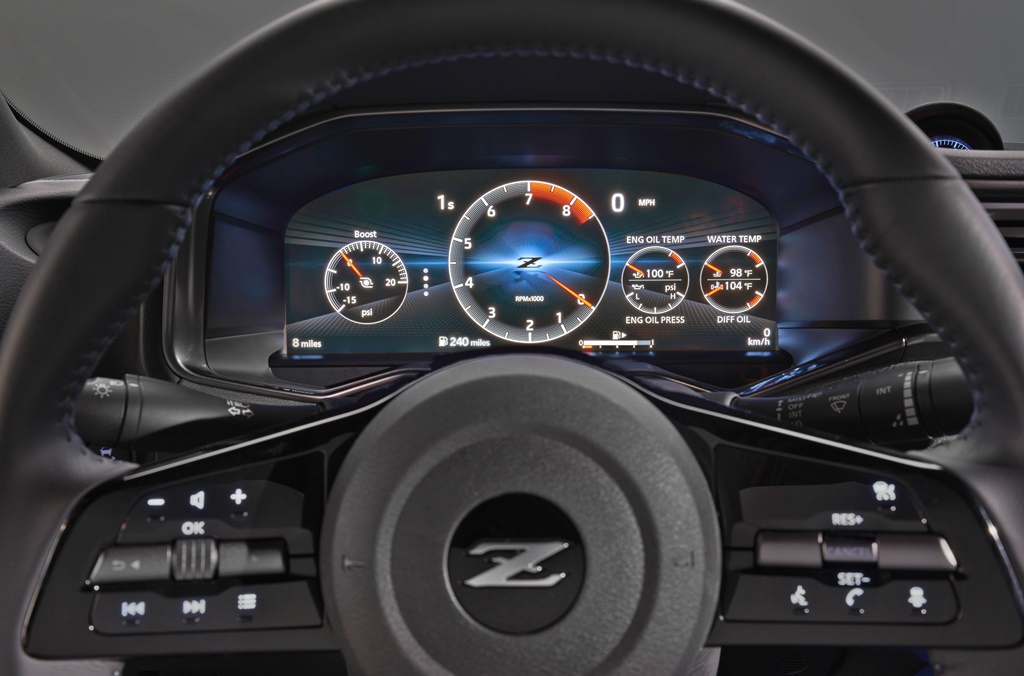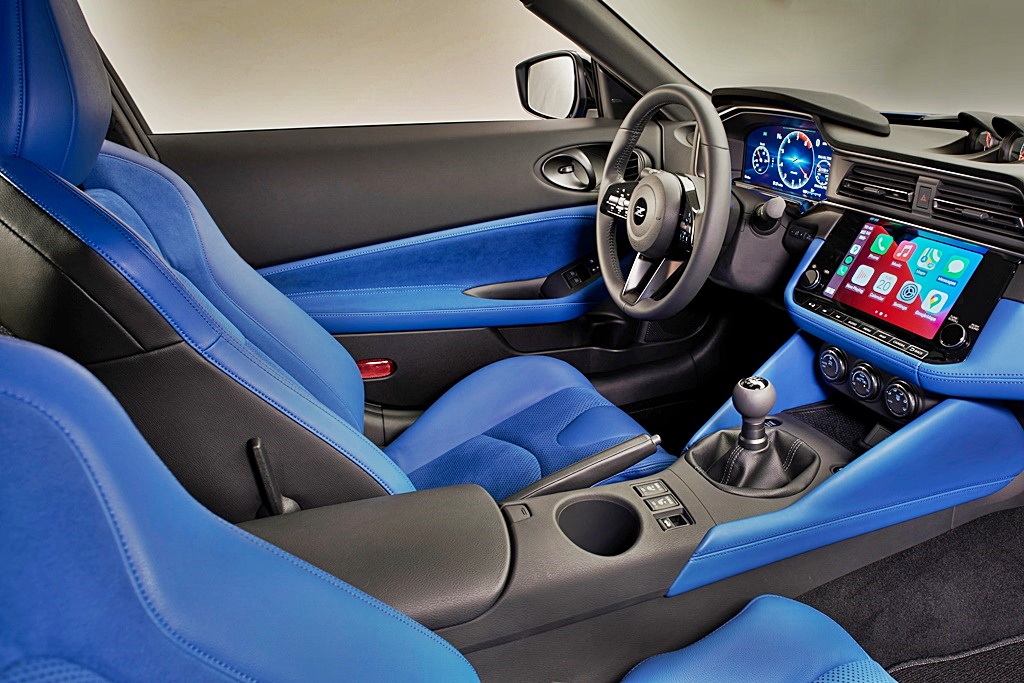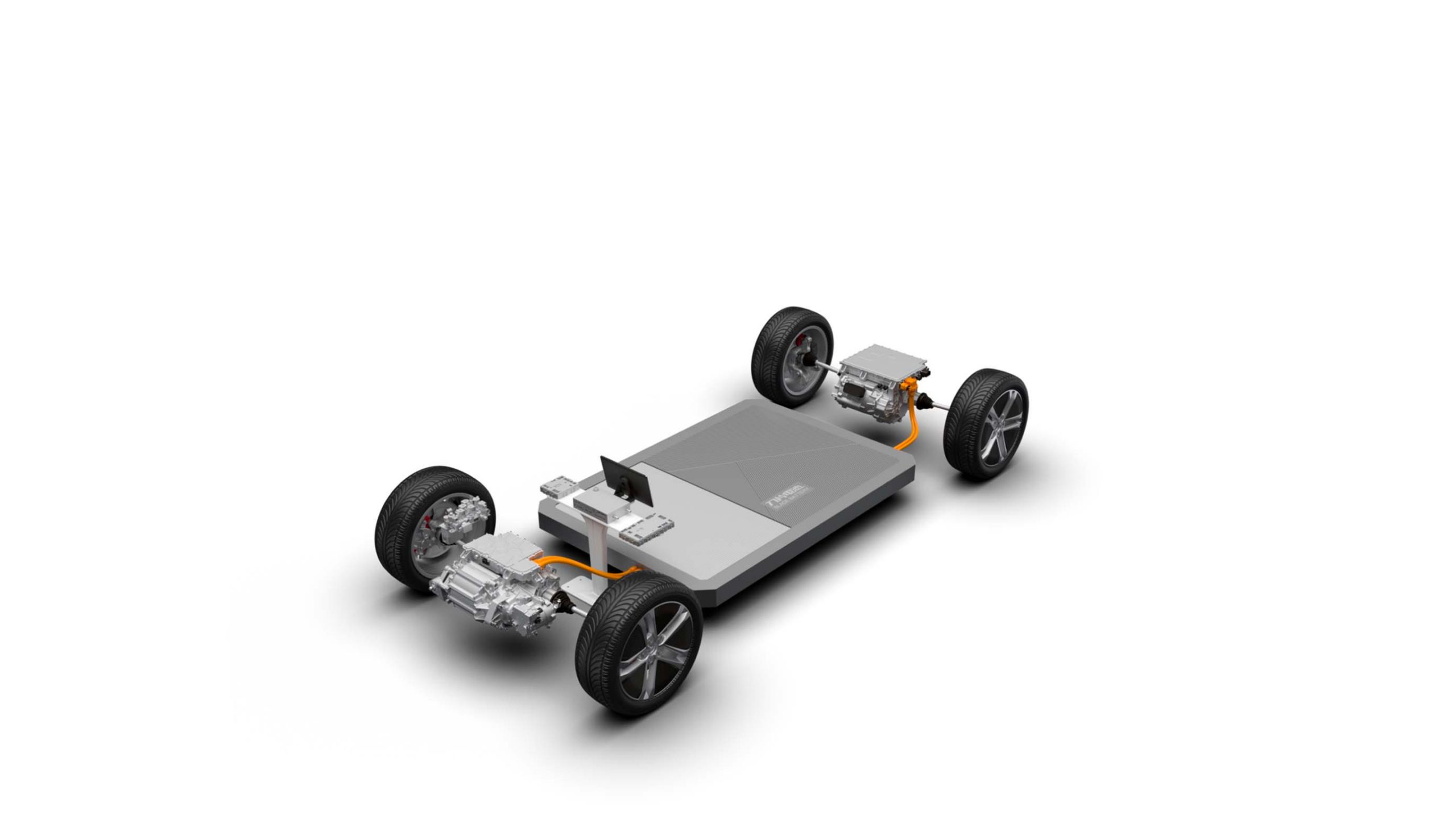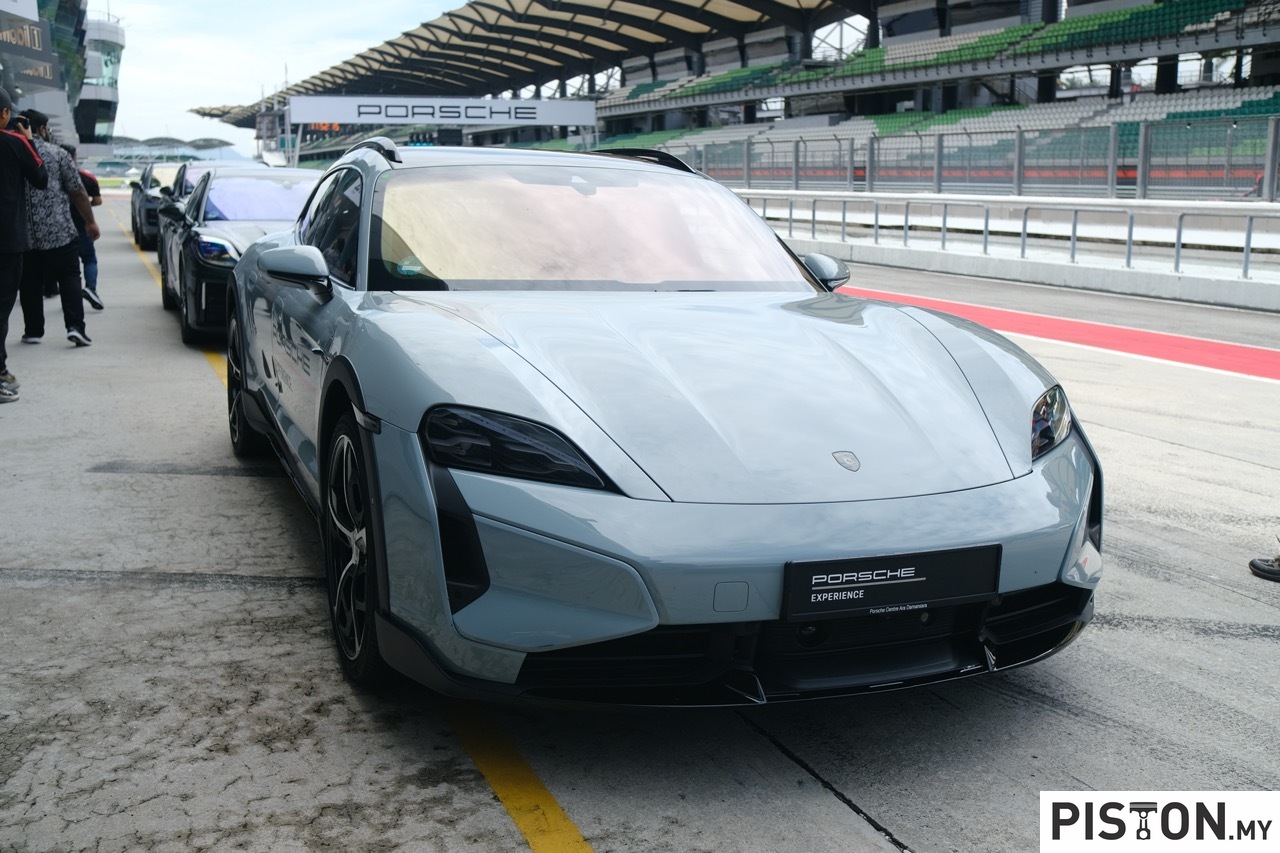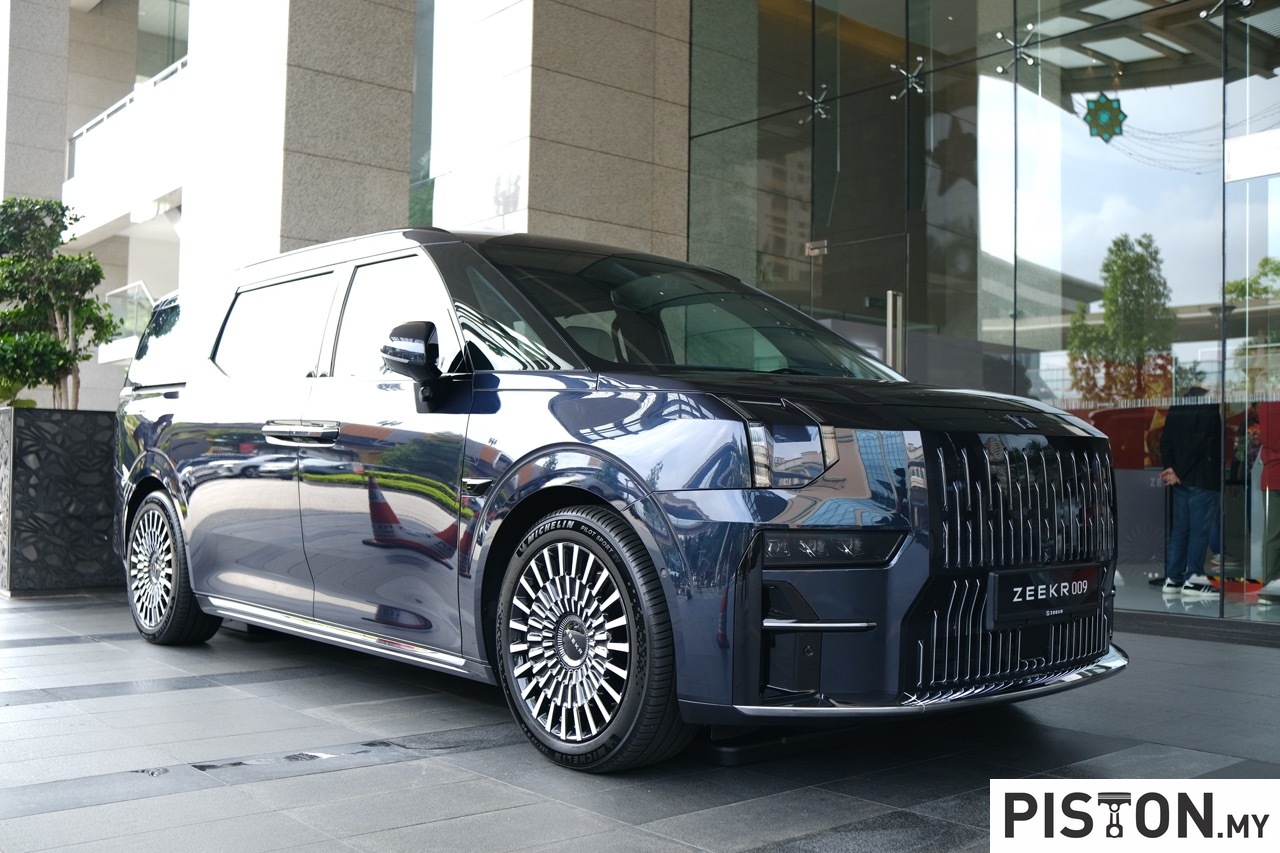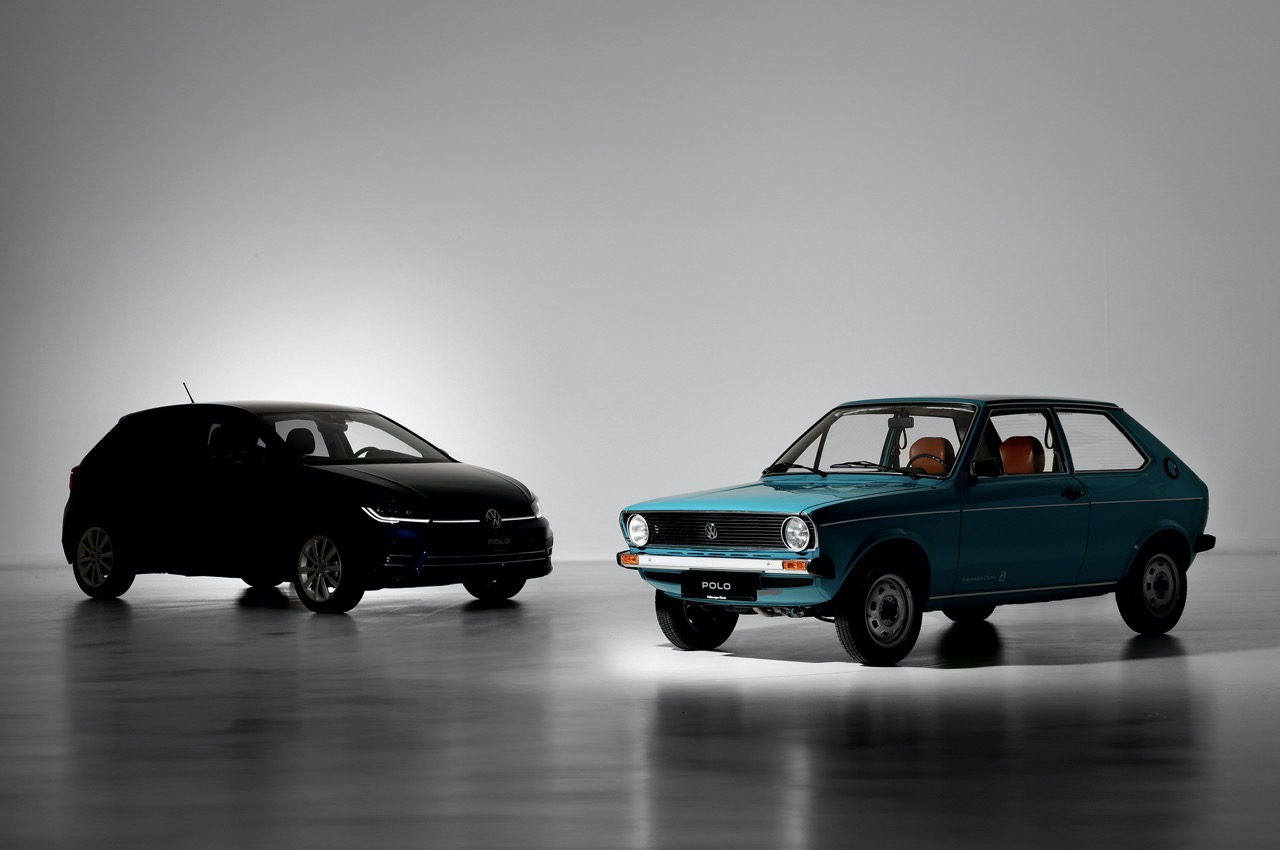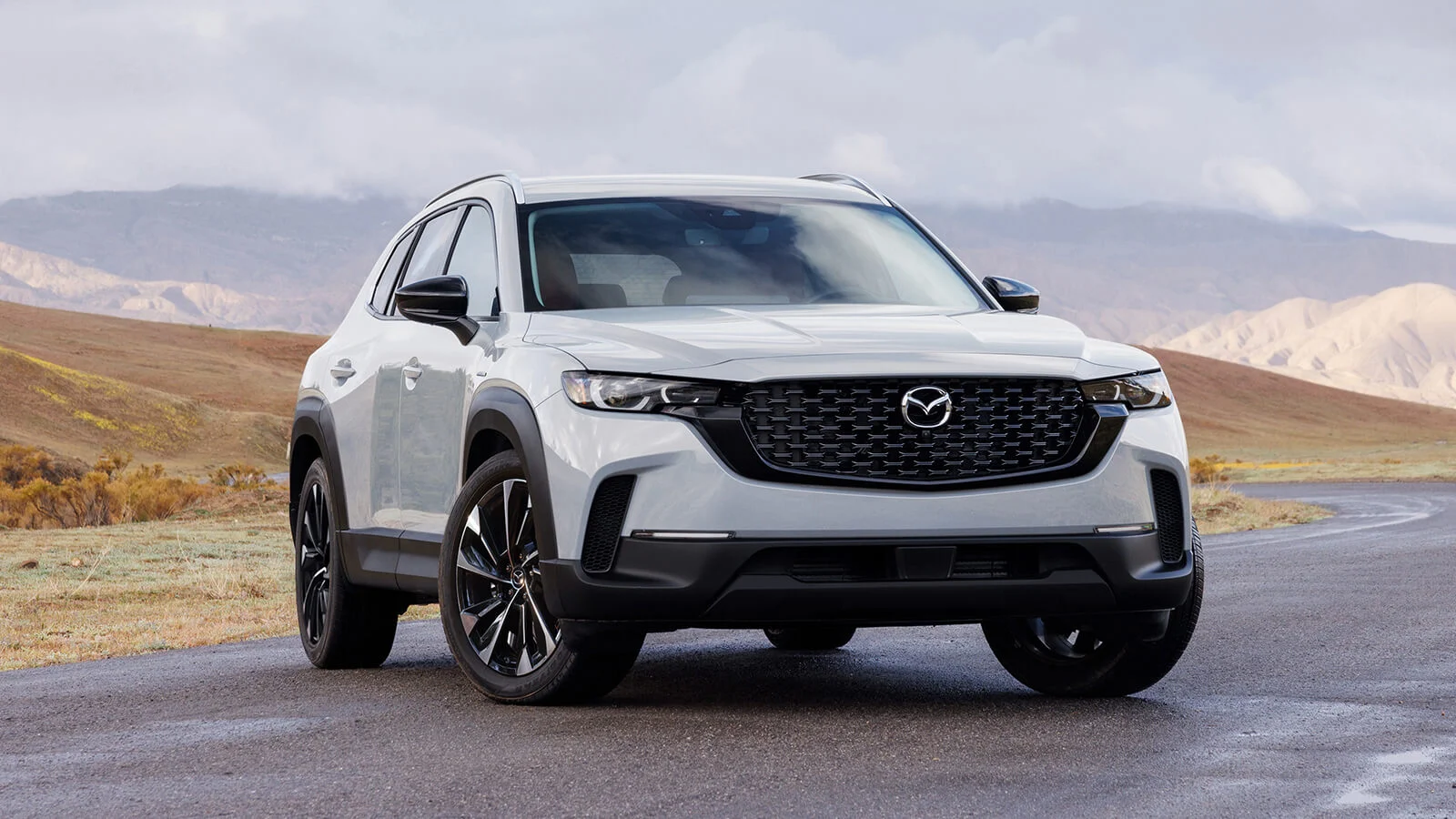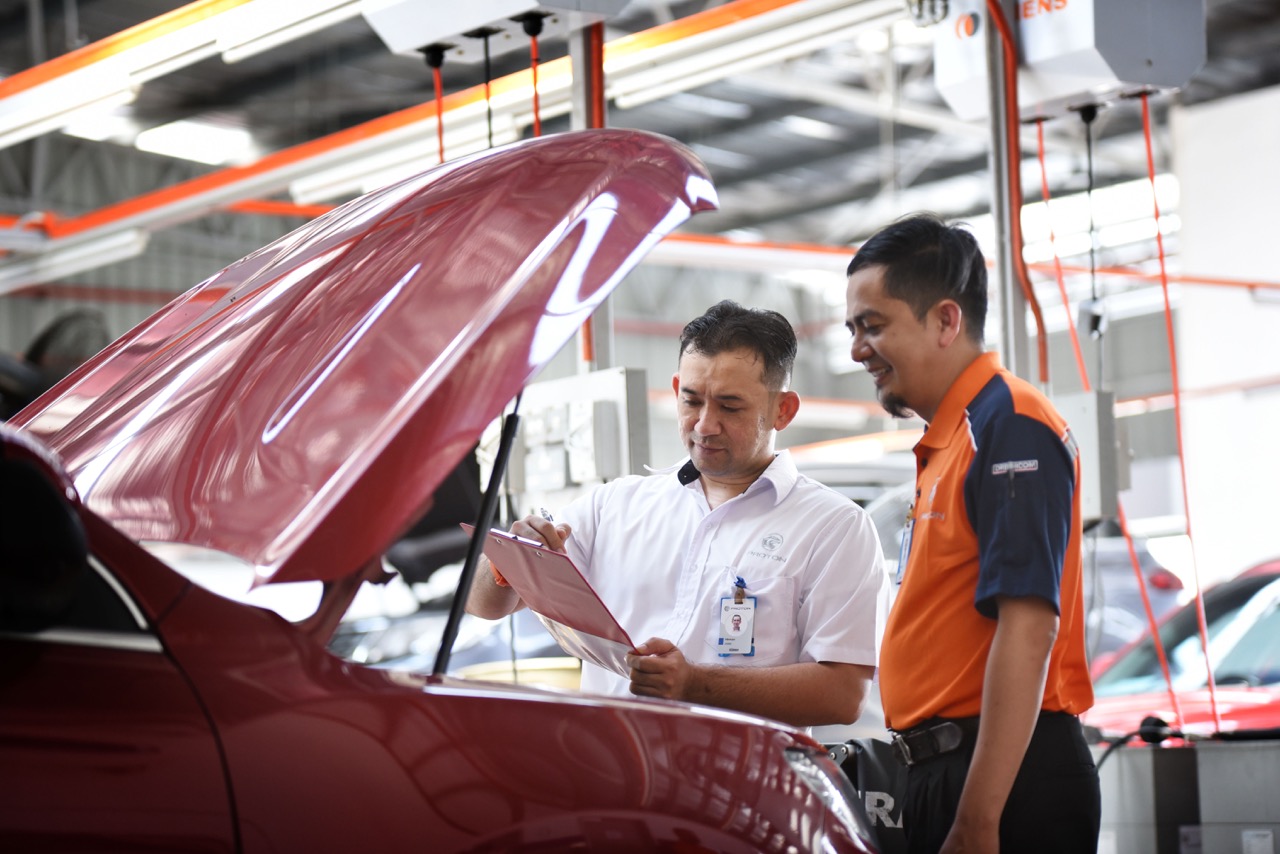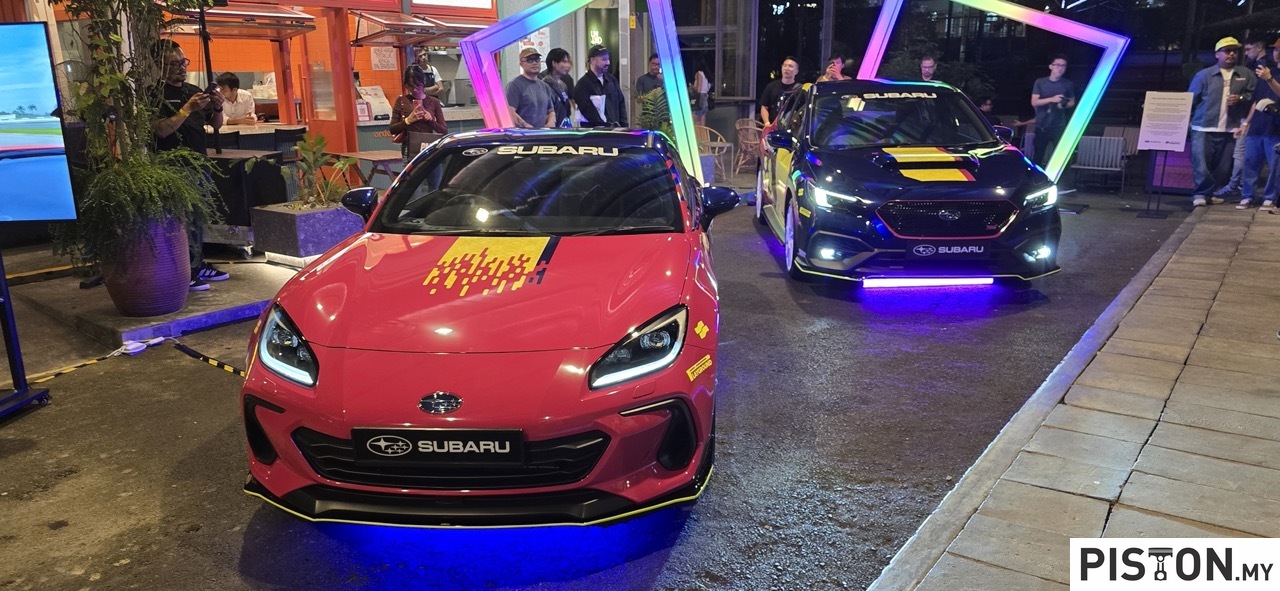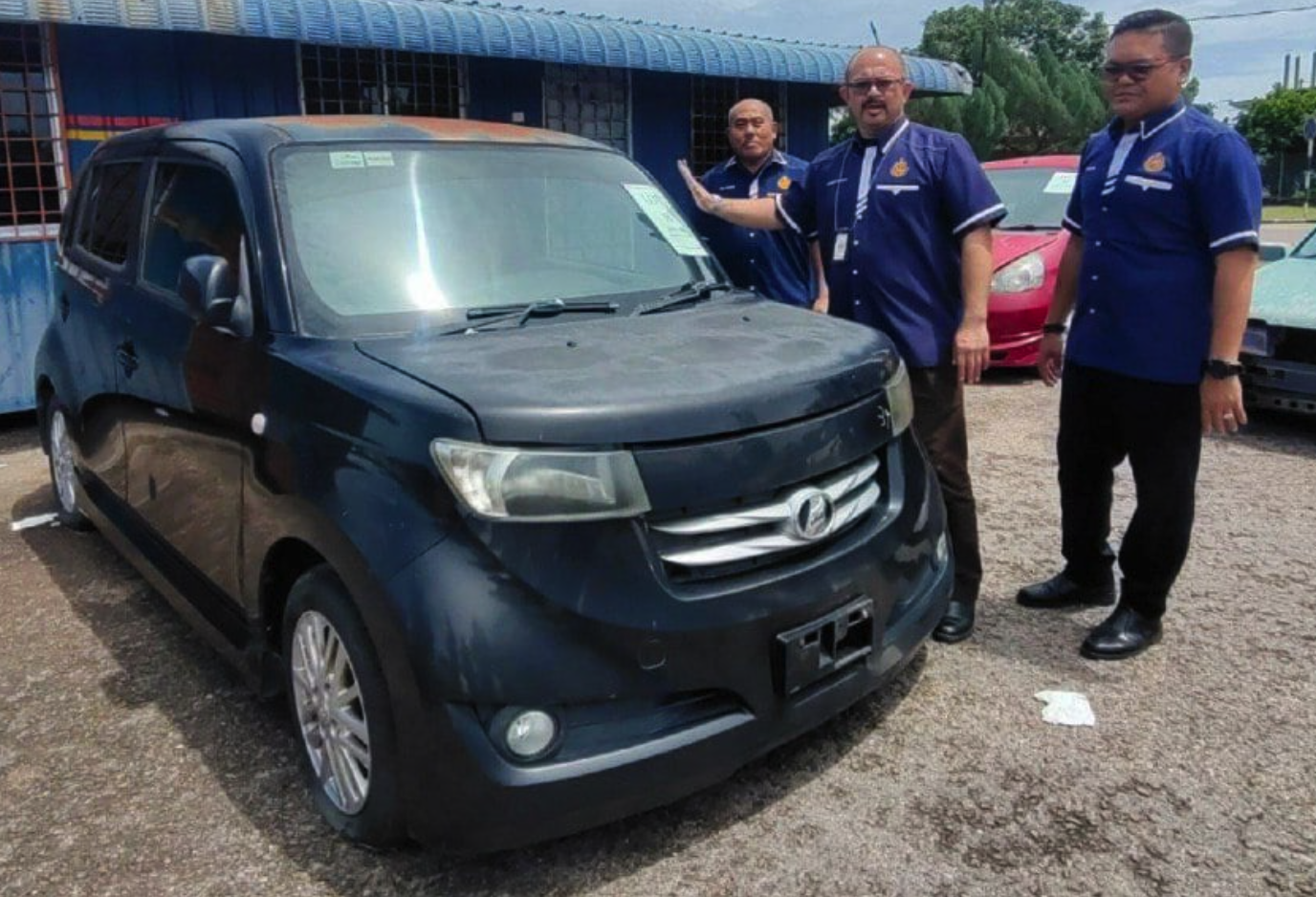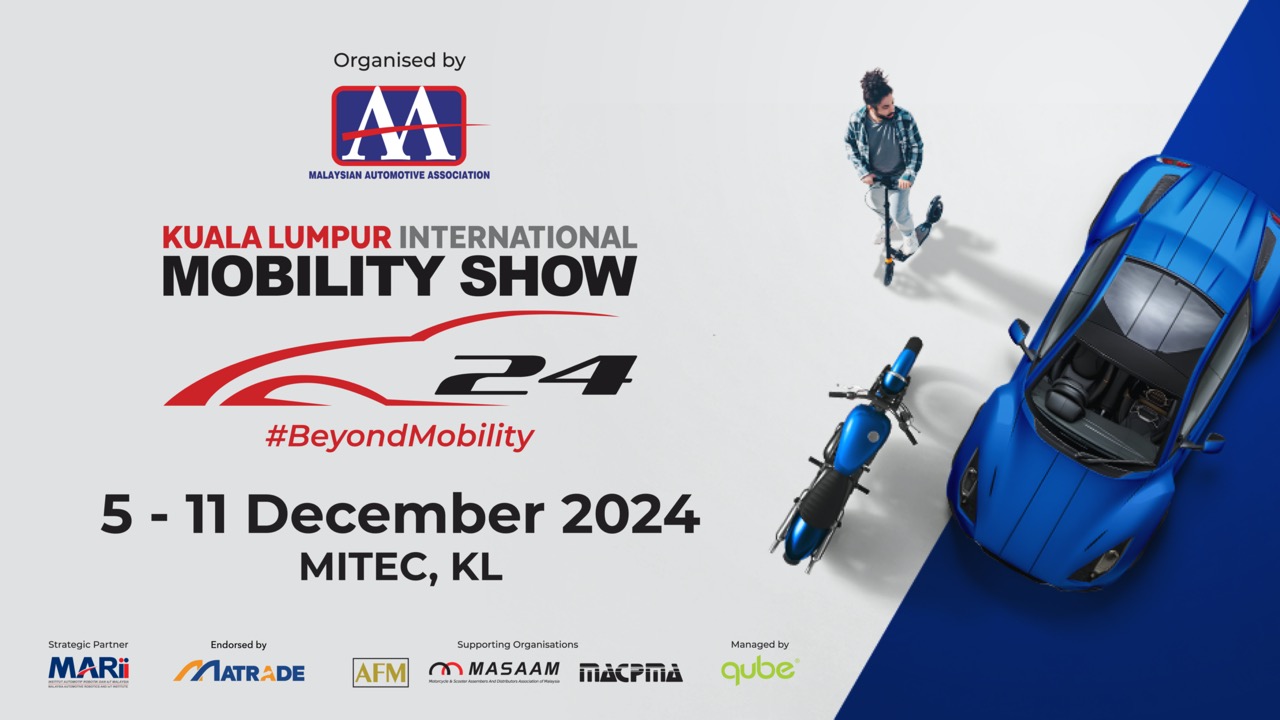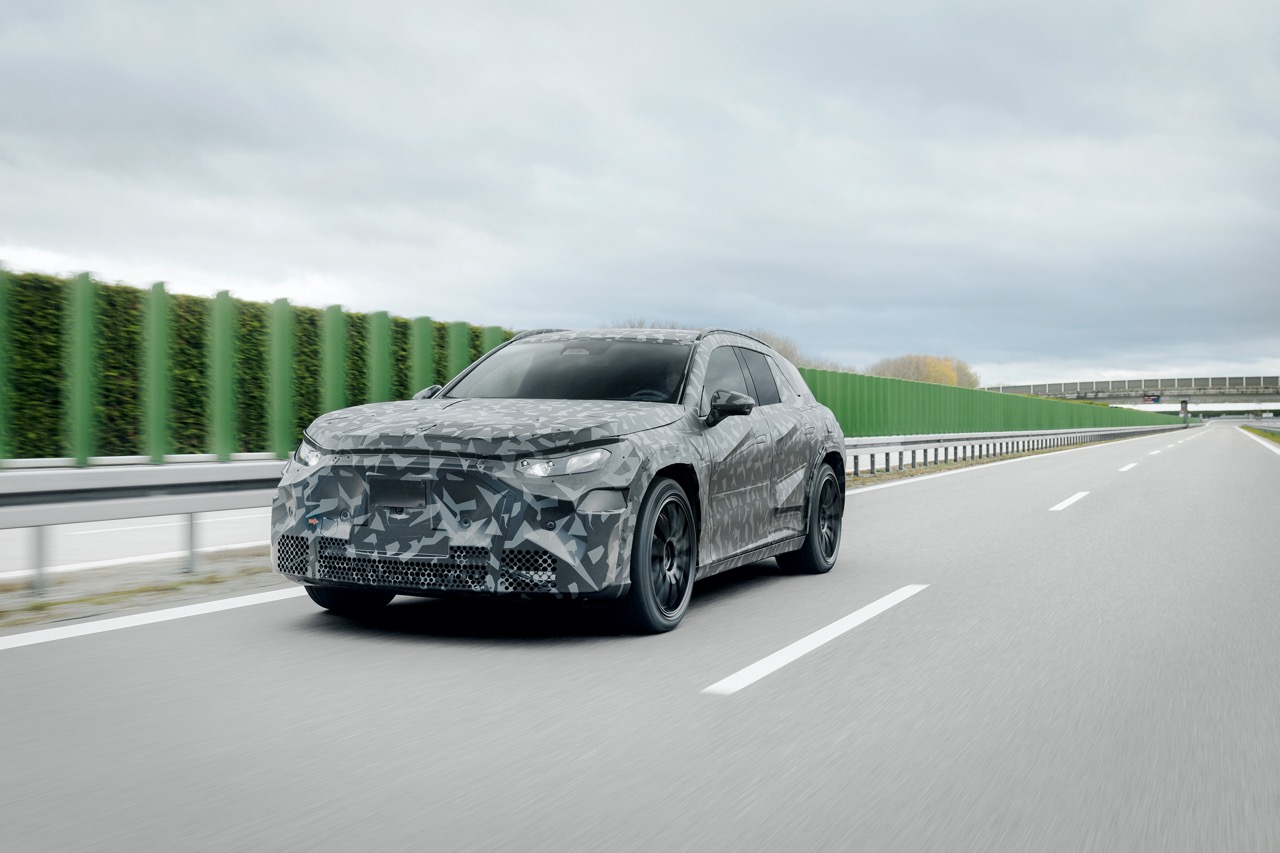The original Datsun 240Z was one of the first Japanese models to show that Japan could also make sportscars and not just econocars. It certainly added another side to the Datsun brand (Nissan was not used as a brand name then) and drew enthusiasts to it. 50 years later, the seventh generation has now been revealed and retains the authenticity of a pure sportscar like the original.
The all-new Nissan Z – no more numbers that relate to engine size – was presented to the world online from New York, the same city where the 240Z made its world debut in October 1969. “When we introduced the Z in 1969, the Z was a revolution. Since then, for more than 50 years, Nissan has brought style, speed, reliability and so much more to millions of enthusiasts around the world,” said Ashwani Gupta, Representative Executive Officer and COO of Nissan.
Design shows lineage
As with the previous six generations, the new Z retains the same long-nose/short rear deck profile that was inspired by the classic British sportscars and also housed an in-line six. With the design theme for the exterior being ‘tradition with modern technology’, the designers looked to past generations to develop the fresh, sleek exterior design with an appearance that communicates respect to its lineage. “Ultimately, we created a Z that travels between the decades while being completely modern,” said Alfonso Albaisa, Global Head of Design at Nissan.
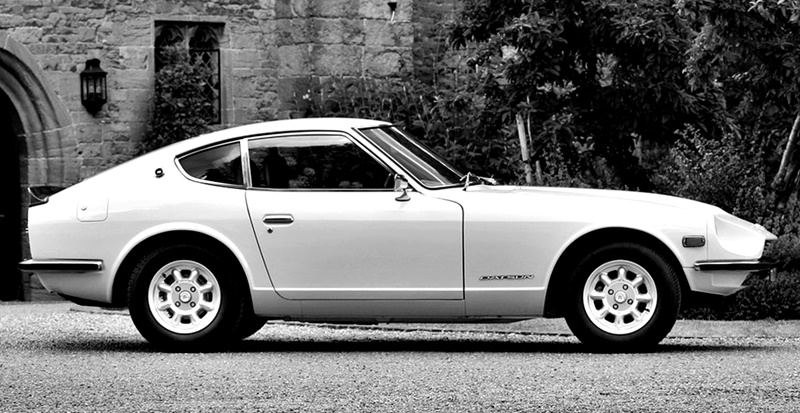
While maintaining the silhouette that pays homage to the first generation, the designers utilized the latest technologies to streamline the design, and incorporated LED lighting to give dimension without unnecessary elements. The LED headlights have two half-circles that take their inspiration from the Japan market-only 240ZG of the 1970s. Incidentally, for the original 240Z sold in America, the plastic covers for the headlights were not permitted due to regulations at that time.
The link to the original Z is most striking when viewing the new Z from the side. The roofline flows from the nose to the squared-off rear to create the distinctive familiar profile , whose rear edge was slightly lower than the front fender height giving the Z its unique posture. The signature transition from the rear quarter glass to the low-slung position of the rear tail adds to the effect.
The door handles are a flush-mounted design, and the rear hatch design is ultra-thin, yet with increased rigidity over the previous 370Z design. In the rear, the blister fenders smoothly direct flow air past the horizontal rear panel. The rear combination lamps incorporate modern technology into the design reminiscent of the Z32 300ZX (sold between 1990 and 1996), including new 3D signature LED taillights. The Z Performance grade also comes with a rear spoiler.
Only one engine choice
The early Z cars had straight six engines but V6 engines were used from 1984 when the 300ZX was launched, and the model has continued to use such engines to this day. The new Z gets the latest version of the V6 twin turbo engine (VR30DDT) but now with a 3-litre displacement instead of the 3.7 litres of the generation it replaces. There is, however, a significant boost in power output over the previous engine as this one produced up to 405 ps at 6,400 rpm and 475 Nm of torque from 1,600 to 5,600 rpm.
To increase output and to deliver sharp response, small-diameter turbochargers are used, as well as a turbo speed sensor to ensure the capabilities of the turbos are fully utilized (maximum spooling speed). The twin turbos balance power output and response time, while the use of an electronic variable valve timing (e-VVT) intake valve system ensures optimum response, constantly adjusting the intake valve timing to achieve excellent response and fuel efficiency in a variety of driving scenes.
6-speed manual or 9-speed automatic
Many of those who bought a 280ZX, introduced in the late 1970s, probably got it with a 5-speed manual transmission. For those who were lazy to shift, Nissan offered a 3-speed automatic transmission (yes… 3 speeds!). Transmission technologies have advanced over 4 decades and with the new Z, the driver gets a standard, 6-speed manual transmission. The close-ratio transmission includes an EXEDY high-performance clutch. In a first for a rear-wheel drive Nissan vehicle, Z Performance versions equipped with a manual transmission include an advanced launch assist control system that helps deliver smooth acceleration from a stopped position. There is also a carbonfibre composite driveshaft, with SynchroRev Match added to Performance versions.
You can also get an automatic transmission and this also has the launch control system. It’s a 9-speeder with a wide spread of gear ratios. Aluminium paddle shifters are standard, with unique paddle shifters, the same design as found on the GT-R (for Performance versions).
The engineering team tuned the chassis, cooling, suspension and steering to give the driver predictable and responsive handling. This required a multi-prong approach, especially for high-speed driving and cornering. Enhanced body rigidity, an electronic power steering with rack assist and a strong mechanical feel, and wider front tyres help increase maximum cornering g-forces up to 13%. The dampers use a new monotube shock absorber design with a larger diameter than the 370Z, resulting in an approximately 20% reduction in damping force to help minimize impact shock over uneven surfaces, enhance road-following performance and improve handling stability.
The front double-wishbone aluminium suspension features new geometry, including increased caster angle, improving straight line stability. A 2-point front strut tower brace is standard and the rear independent multi-link aluminium suspension has also been reconfigured with new settings.
Needless to say, disc brakes are fitted to all four wheels and all have ventilated rotors. Larger sport brakes with red-painted calipers are standard on Performance versions, while the Z Sport version rides on dark-painted 18-inch aluminium-alloy wheels with Yokohama ADVAN Sport high performance tyres. The Z Performance version has 19-inch RAYS super lightweight forged aluminium alloy wheels wrapped with Bridgestone Potenza S007 tyres.
Modern tech with a vintage touch
Sportscars like the Z have always had cabins designed to fit the occupants like a glove. The new Z will be no exception, and seamlessly blends modern technology with vintage Z touches. The centre stack takes inspiration from other generations before it, with three analogue pod gauges over the middle section to give that classic appearance. There’s an 8-inch touchscreen audio display to function as a command centre with numerous functions and interfacing with smartphones.
Ideal sportscar cabin
The interior design team also sought advice from professional motorsports racers to give the Z an ideal sportscar cabin. This can be seen in the instrumentation, with all vital information found in the 12.3-inch customizable digital meter display and arranged to help the driver grasp it at a glance. One example: the redline shift point is set at the 12 o’clock position.
The meter display is customizable in three modes. NORMAL mode offers a sporty feel with the centre area for navigation, audio and vehicle information. ENHANCED mode positions the tachometer and speedometer at the edges of the display, giving more space in the centre for a larger navigation map and information to be displayed. SPORT mode prioritizes the tachometer in the centre with a shift-up light at the top in the driver’s field of view. This mode also shows a boost gauge or g- meter, depending on what the driver prefers.
The design of the seats utilizes know-how from the GT-R’s development to enhance body support and grip. An expanded use of suede on the seatback suppresses initial lateral shake on the body, creating more comfortable drives, as well as reducing body movement when the vehicle is being cornered with ‘great enthusiasm’.
The early Z cars were pretty bare by today’s standards but then again, drivers probably didn’t care much about convenience features too. For today’s Z, times have changed and a wide range of convenience features comes as standard equipment. These include a Nissan Intelligent Key with Push Button Start, intelligent cruise control, automatic temperature control, auto-dimming rearview mirror, rearview Monitor, 12V power sockets, USB points (Type-C as well) and front and rear sonar sensors for parking guidance. Active Noise Cancellation and Active Sound Enhancement enhances listening pleasure from the audio system.
Proto Spec special edition
Nissan will offer a special edition which celebrates the distinctive Z Proto introduced in 2020. To be known as the Proto Spec, this will be limited to 240 units in the USA. It will have yellow-coloured brake calipers with the Z logo, bronze-coloured 19-inch RAYS wheels, exclusive shift lever knob (manual transmission only), exclusive Proto Spec leather-covered seats with yellow accents, exclusive Proto Spec suede + cloth door trim with yellow stitching and special Proto Spec interior stitching.
Pricing for the new sportscar is not announced yet but is expected to be around US$40,000 (about RM170,000) and the first units will be delivered to customers during the first quarter of 2022. You can expect that NISMO is already hard at work preparing high-performance versions.
Production-ready Nissan GT-R50 by ItalDesign makes debut on track
Visit www.nissan.com.my to know more about Nissan vehicles in Malaysia



